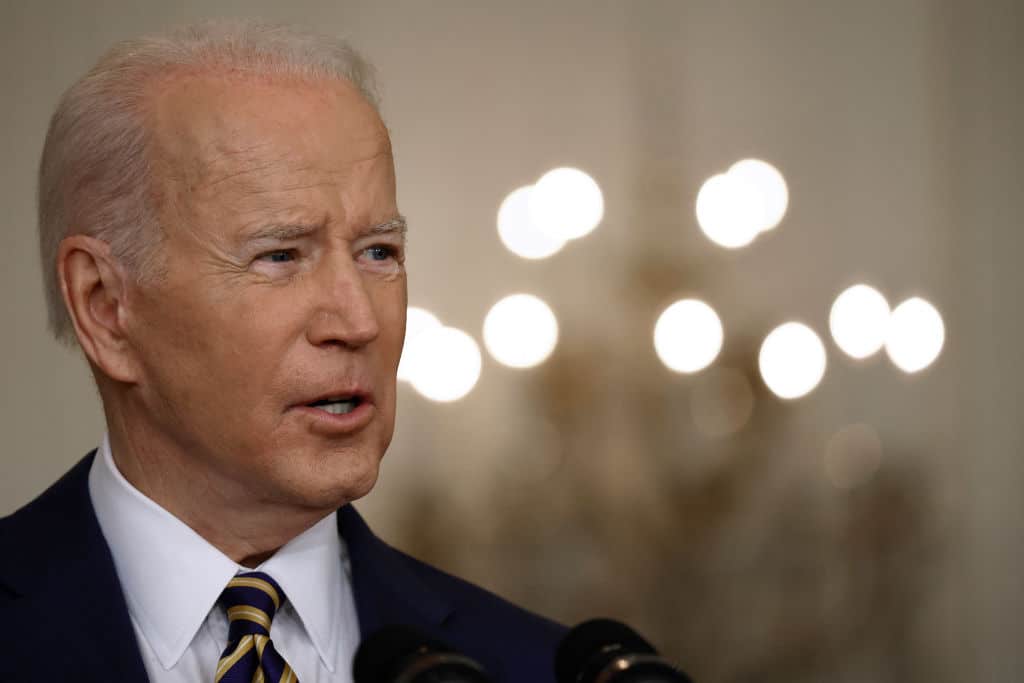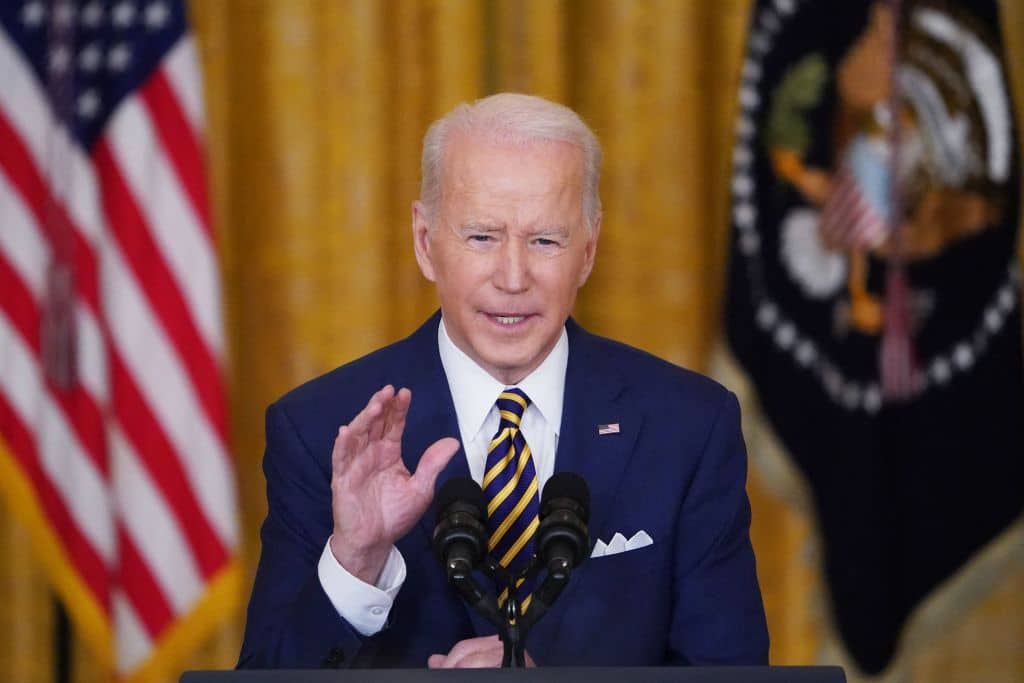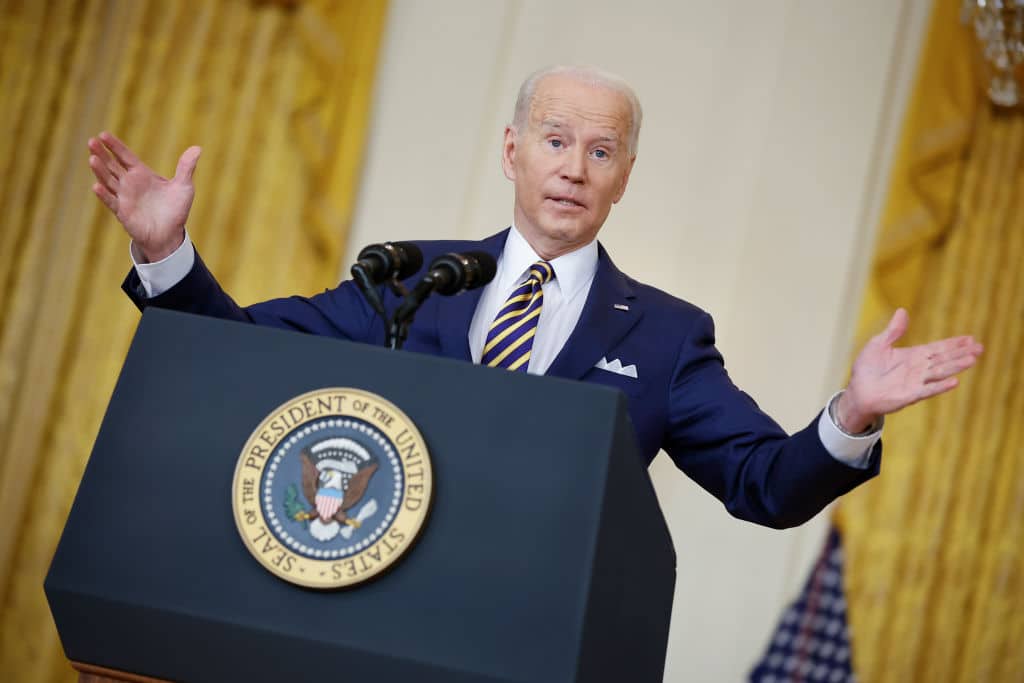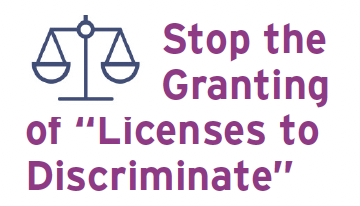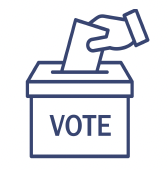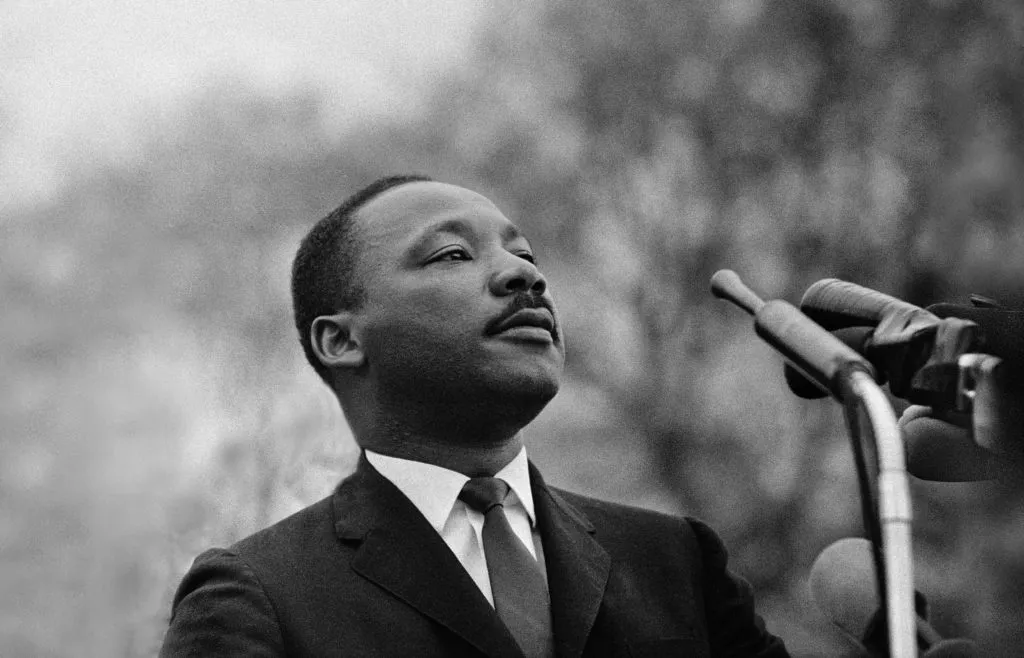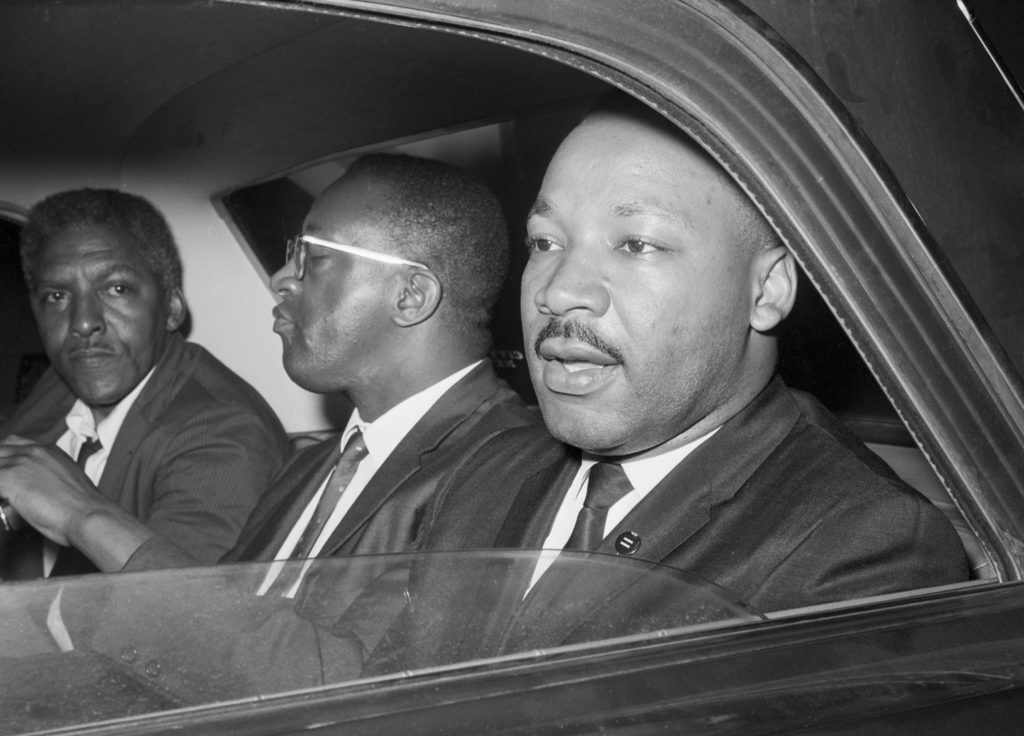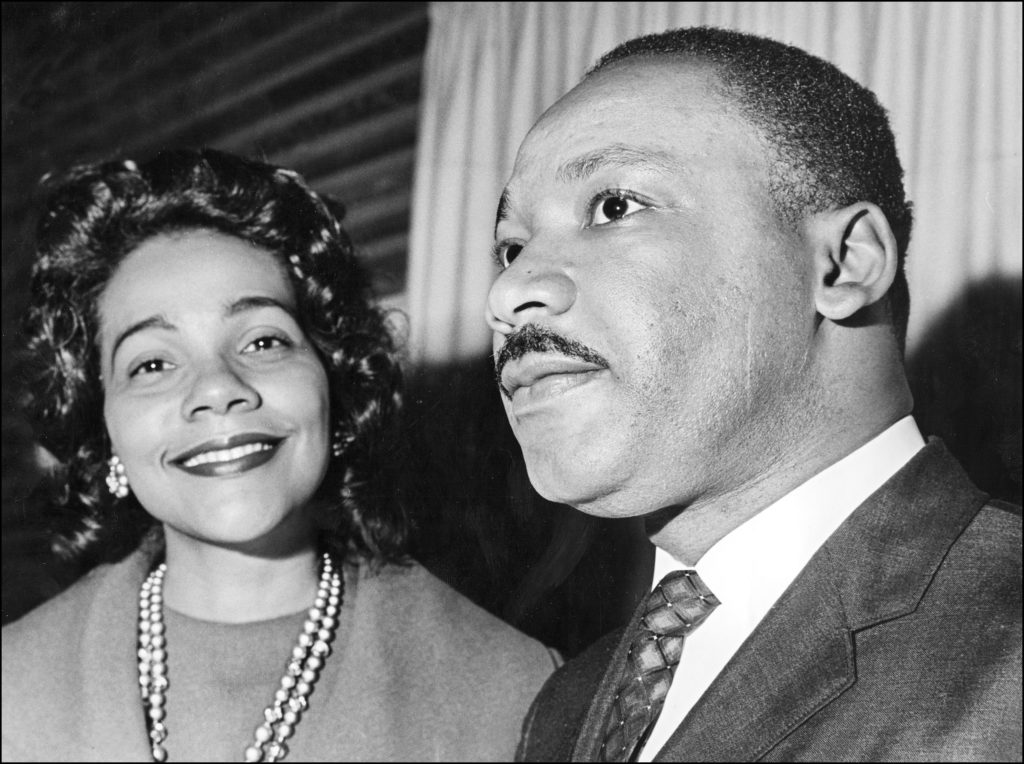4 charged after overdose death of out actor Michael K. Williams
Four men face charges that they were members of the drug distribution crew that supplied a deadly mix of drugs to Michael K. Williams, the renowned actor from “The Wire” who overdosed just hours after buying fentanyl-laced heroin in a sidewalk deal recorded on surveillance video.
All four were arrested Tuesday and are accused of distributing fentanyl-laced heroin of the kind that caused the death of Williams, who gained fame playing Omar Little on the HBO series that portrayed drug crews like the one authorities say the four defendants belong to.
Three of the defendants are accused of belonging to the crew that sold to Williams and made initial appearances Wednesday in Manhattan federal court. A crew member accused of handing Williams the drugs, Irvin Cartagena, was also charged with causing the actor’s death and was arrested in Puerto Rico, authorities said.
His initial court appearance is scheduled for Thursday in Puerto Rico, and it was not immediately clear who would represent him or who could comment on his behalf.
The arrests were announced in a news release from U.S. Attorney Damian Williams and New York City Police Commissioner Keechant Sewell.
The U.S. attorney said the crimes and charges resulted from a “public health crisis.”
“And it has to stop. Deadly opioids like fentanyl and heroin don’t care about who you are or what you’ve accomplished. They just feed addiction and lead to tragedy,” the prosecutor said.
Sewell said police detectives in Brooklyn “lived this case, never relenting in their investigation until they could bring a measure of justice to Michael K. Williams and his family.”
New York City’s medical examiner earlier ruled that Williams, 54, died of acute drug intoxication Sept. 6. Relatives found him dead in his penthouse apartment. At that time, the medical examiner’s office ruled Williams’ death an accident.
But according to court papers, Williams’ death resulted from drugs sold by a drug trafficking organization known as DTO that has operated since at least August 2020 in Brooklyn’s Williamsburg neighborhood.
Members of the organization sold the actor heroin laced with fentanyl Sept. 5, authorities said in a criminal complaint, with Cartagena handing Williams the drugs in a transaction captured on nearby surveillance video, screen shots of which were released by authorities.
The video showed that Williams met Cartagena and other people a block from his apartment the day before his body was found, according to the complaint.
Williams talked with the group, and one of the people placed his hand on Williams’ shoulder to show he recognized him, according to the complaint. Williams then appeared to speak with Cartagena, who walked around a row of trash cans, retrieved a plastic bag and handed it to Williams, the court papers said.
The men continued to sell fentanyl-laced heroin in broad daylight amid apartment buildings in Brooklyn and Manhattan even after knowing that Williams had died from one of their products, authorities said.
The others charged were identified as Hector Robles, 57, Luis Cruz, 56, and Carlos Macci, 70, all of Brooklyn. Their lawyers did not immediately return messages seeking comment. It wasn’t clear whether they were the men seen in the surveillance video.
All three were ordered detained at their initial court appearances.
The conspiracy charges against all four carry a mandatory minimum of five years in prison and a maximum sentence of 40 years. The charge against Cartagena accusing him of causing the actor’s death carries a mandatory minimum of 20 years in prison and a maximum of life.
Cartagena had been arrested in February 2021 on state drug charges in Brooklyn after selling four small waxy paper bags to an undercover investigator, according to a federal complaint against him. At the time, he was on pretrial release from a gun charge arrest in August 2020.
He pleaded guilty Aug. 26 to disorderly conduct in both crimes and was sentenced to time served, the complaint read.
Williams’ “stick-up boy” Omar Little on “The Wire” — a fictionalized look at the underpinnings of Baltimore that ended in 2008 but remains popular in streaming — was based on real-life figures. He created another classic character as Chalky White in HBO’s “Boardwalk Empire” and appeared in the films “12 Years a Slave” and “Assassin’s Creed.”
He had spoken frankly in interviews about his experiences with addiction.
